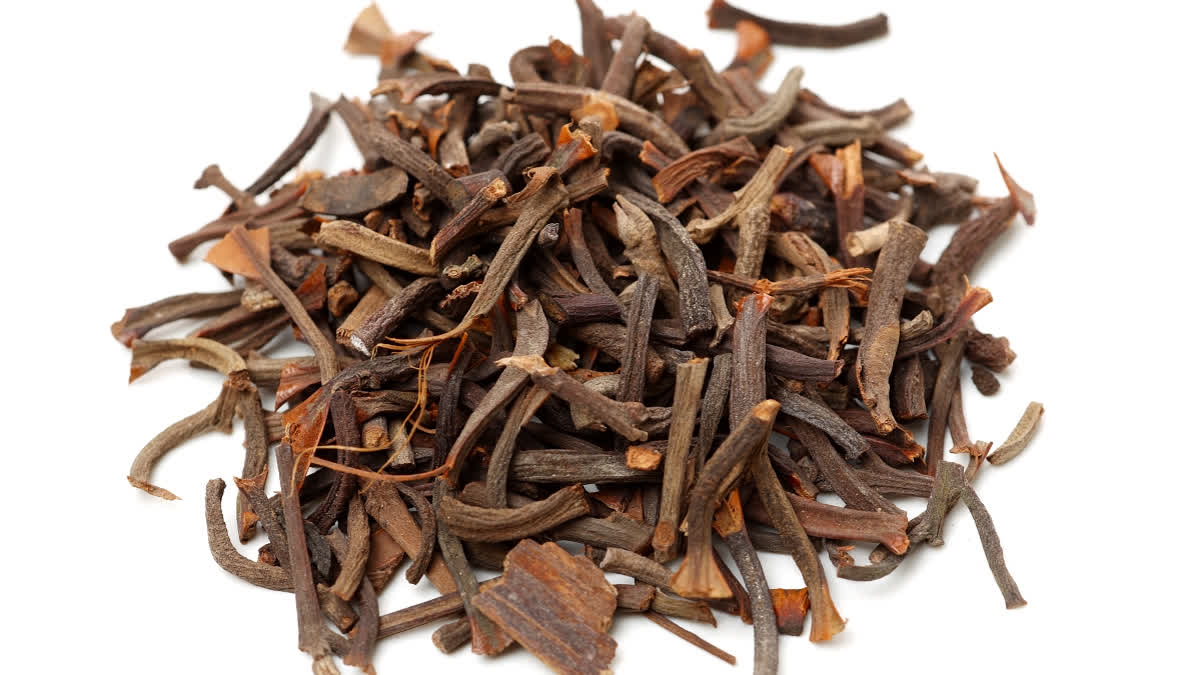Ratanjot, also known as Alkanet (scientifically referred to as Alcanna tinctoria), is a natural herb used in Ayurvedic medicine and beauty treatments. It is renowned for enhancing the health and beauty of skin and hair and is believed to offer various other health benefits. However, experts emphasize the importance of using Ratanjot with caution and in very small quantities, as improper usage may lead to adverse effects.
This medicinal herb is particularly valued in Ayurvedic practices and is included in numerous skin and hair care products. Additionally, due to its pain-relieving properties and other therapeutic benefits, Ratanjot is often found in home remedies. Nevertheless, Ayurvedic practitioners stress the need for precaution when using Ratanjot, as it can cause issues in certain situations if not handled properly.
What is Ratanjot?
Doctor Manisha Kale of Arogyadham Ayurvedic Hospital in Mumbai told the ETV Lifestyle team that Ratanjot is a medicinal herb that is used in many ways. Its plant is mostly found in the Himalayan regions, from the roots of which a red-coloured oil is obtained. The fruits, leaves and roots of Ratnajot are used in Ayurvedic medicines, beauty products and as a natural dye for hair and clothes.
"Ratanjot is also mentioned in the Ayurvedic text Charakasamhita, which says that although Ratnajot has the tendency to increase Kapha, it also has many health benefits. The thing to remember is to use it in the right way and in the right amount. Significantly, Ratanjot has anti-inflammatory, anti-bacterial, anti-viral and antioxidant properties. It also contains chemicals like naphtha quinone, flavonoids, alkanin and shikonin," she says.
Usage
The powder and oil made from its root are used in many skin and hair care products, pain reliever oils, cosmetics and some Ayurvedic medicines. Apart from this, it is used to deepen the colour of food in some dishes. But this should be done in a rather small amount to avoid ruining the flavour. You will be surprised to know that this versatile herb is also used as a herbal dye for hair and clothes.
Benefits of Ratanjot
Dr Manisha explains that by using it in controlled quantities and with all precautions in place, Ratanjot can provide many health benefits. Some of these are as follows.
- Castor oil is rich in antiseptic properties, which makes it useful in the treatment of small wounds, burns and itching on the skin.
- It is also used in medicines and products to prevent hair fall and make it black and thick. It strengthens hair roots and helps in getting rid of problems like dandruff.
- Ratanjot is used in Ayurvedic to purify the blood. It is considered helpful in removing toxic elements from the body and making the skin healthy.
- It has antioxidant properties, so it is used in Ayurvedic medicines to help strengthen the immune system and for some problems related to colds and allergies.
- Applying castor oil mixed with castor oil (oil made by mixing castor oil and coconut or any other type of oil) on the forehead can relieve problems such as headache, insomnia and depression. Rubbing this oil on the forehead and smelling it can also help in these problems.
- Ratanjot has anti-inflammatory properties, which help in reducing pain and swelling. If the wound or pain is on the outer skin like hands, feet, abdomen and chest or there is a problem of pain in the joints, then grinding its leaves and applying it directly to the painful area or directly using its oil gives immediate relief. But it should not be used directly on internal organs. For example, if the pain is in the gums or teeth, the pain can be relieved by applying its oil or the juice of the leaves to the area outside the face where the pain is occurring.
- In Ayurveda and naturopathy, Ratanjot root oils are also used to cure fever and relieve body pain. A good massage with Ratanjot oil gives a lot of relief in fever and body pain.
Precautions
Dr Manisha advises that Ratanjot should be used with great caution. "While the oil or juice of its leaves can be applied directly to minor wounds, burns, and pain on the skin, it is important to use the oil specifically for skin and hair care. It should never be applied directly to the skin. Additionally, it should not be consumed as a medicine or in the form of a decoction without medical advice, as improper use or excessive amounts can lead to various problems," she says.
Furthermore, its use and consumption should be completely avoided in certain situations. Some of these include when women are pregnant or breastfeeding.




